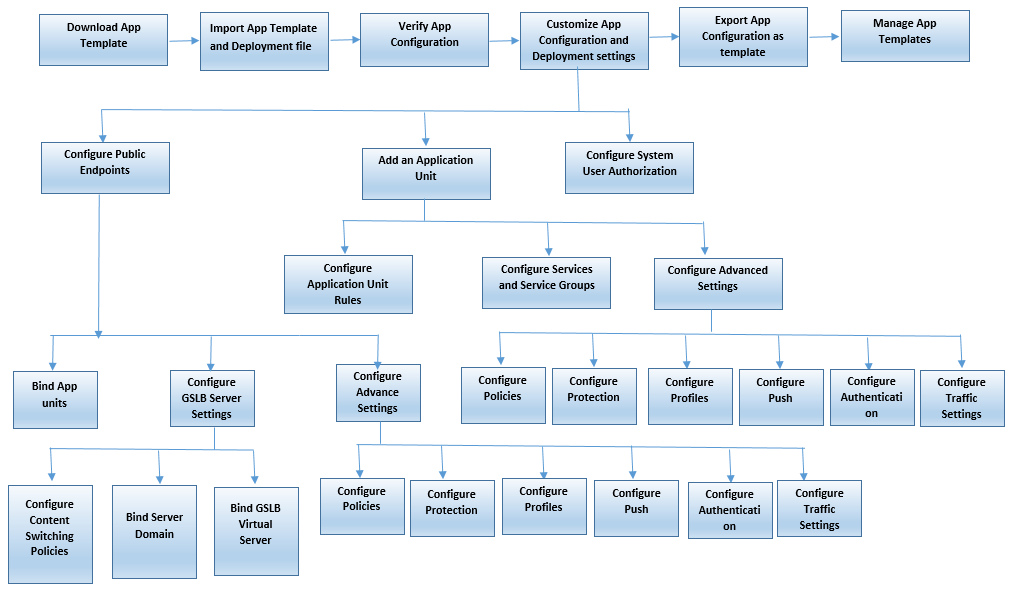-
-
Advanced Policy Expressions: Working with Dates, Times, and Numbers
-
Advanced Policy Expressions: Parsing HTTP, TCP, and UDP Data
-
Advanced Policy Expressions: IP and MAC Addresses, Throughput, VLAN IDs
-
-
This content has been machine translated dynamically.
Dieser Inhalt ist eine maschinelle Übersetzung, die dynamisch erstellt wurde. (Haftungsausschluss)
Cet article a été traduit automatiquement de manière dynamique. (Clause de non responsabilité)
Este artículo lo ha traducido una máquina de forma dinámica. (Aviso legal)
此内容已经过机器动态翻译。 放弃
このコンテンツは動的に機械翻訳されています。免責事項
이 콘텐츠는 동적으로 기계 번역되었습니다. 책임 부인
Este texto foi traduzido automaticamente. (Aviso legal)
Questo contenuto è stato tradotto dinamicamente con traduzione automatica.(Esclusione di responsabilità))
This article has been machine translated.
Dieser Artikel wurde maschinell übersetzt. (Haftungsausschluss)
Ce article a été traduit automatiquement. (Clause de non responsabilité)
Este artículo ha sido traducido automáticamente. (Aviso legal)
この記事は機械翻訳されています.免責事項
이 기사는 기계 번역되었습니다.책임 부인
Este artigo foi traduzido automaticamente.(Aviso legal)
这篇文章已经过机器翻译.放弃
Questo articolo è stato tradotto automaticamente.(Esclusione di responsabilità))
Translation failed!
How appExpert application works
When the endpoint receives a client request, the NetScaler appliance evaluates the request against the rule that is configured for the topmost application unit. If the request satisfies this rule, the request is processed by the policies that are configured for the application unit, and then forwarded to a service. The choice of service depends on which services are configured for the application, and on settings such as the load balancing algorithm and persistence method configured for the application unit.
If the request does not satisfy the rule, the request is evaluated against the rule for the next topmost application unit. In this order, the request is evaluated against each application unit rule until the request satisfies a rule. If the request does not satisfy any of the configured rules, it is processed by the default application unit, which is always the last application unit.
You can configure multiple public endpoints for an AppExpert application. In such a configuration, by default, each application unit processes requests received by all the public endpoints and load balances all the services that are configured for the application. However, you can specify that an application unit processes traffic from only a subset of the public endpoints and load balances only a subset of the services that are configured for the AppExpert application.
The following flow diagram illustrates the AppExpert Application flow sequence for using a built-in application template.

If you prefer to create a customized application without using a template, do the following:
- Create a custom application.
- Configure application and deployment settings.
- Export the configuration to new template files (optional).
- Import the template files to other NetScaler appliances that require a similar AppExpert application configuration
Share
Share
In this article
This Preview product documentation is Cloud Software Group Confidential.
You agree to hold this documentation confidential pursuant to the terms of your Cloud Software Group Beta/Tech Preview Agreement.
The development, release and timing of any features or functionality described in the Preview documentation remains at our sole discretion and are subject to change without notice or consultation.
The documentation is for informational purposes only and is not a commitment, promise or legal obligation to deliver any material, code or functionality and should not be relied upon in making Cloud Software Group product purchase decisions.
If you do not agree, select I DO NOT AGREE to exit.